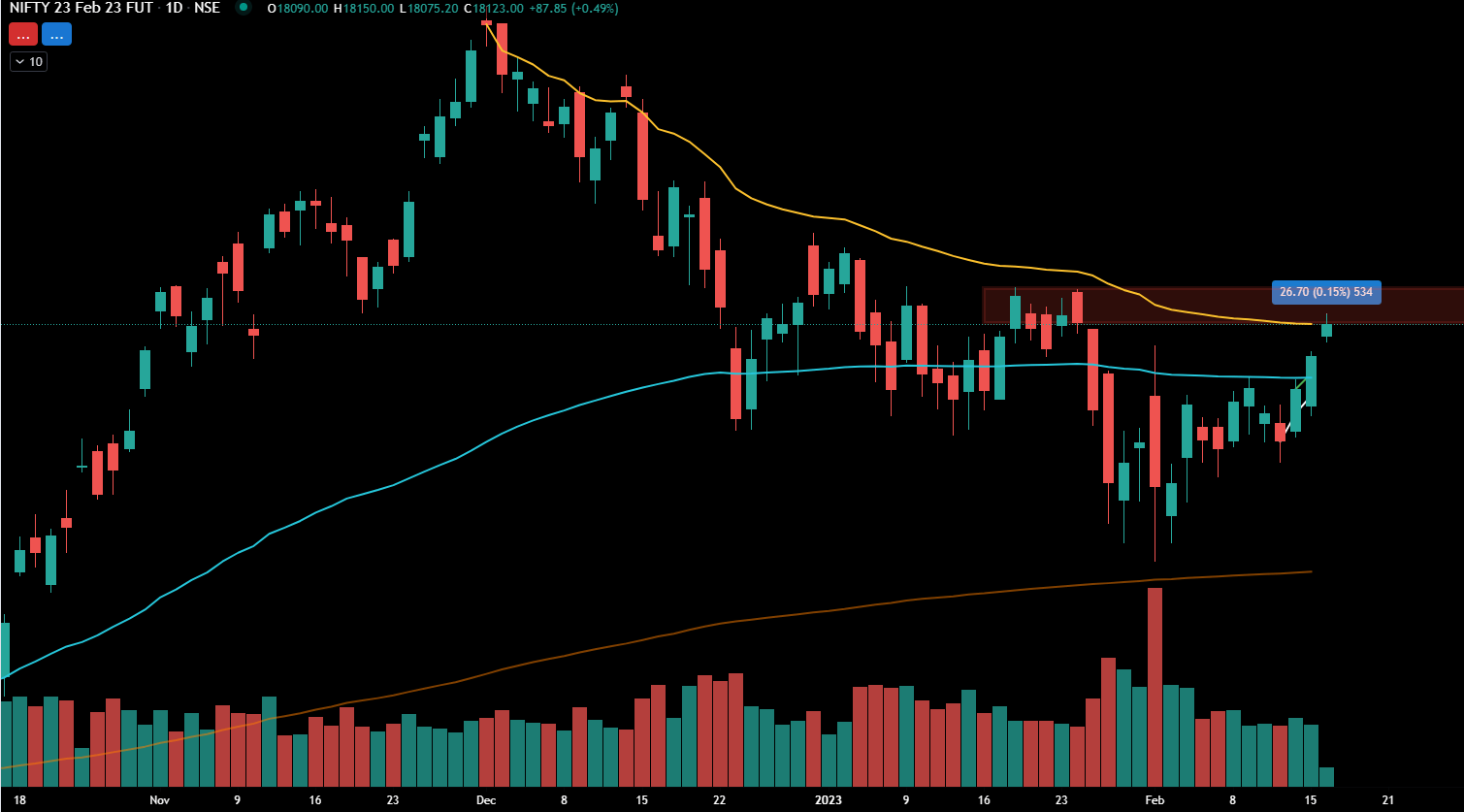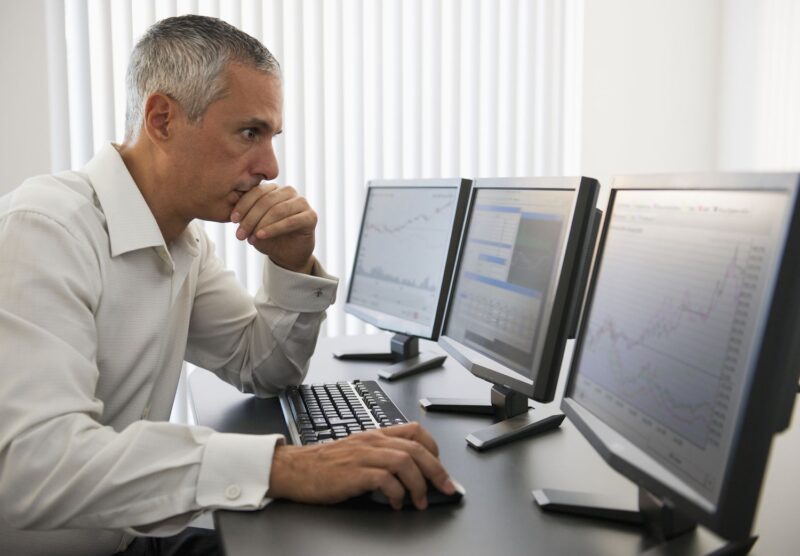In the age of digital trading platforms and sophisticated simulations, the allure of trading simulators can be intoxicating. They promise a risk-free environment where novice traders can practice their strategies without losing real money.
But beneath this shiny veneer lies a stark reality: these simulators often lull users into a false sense of security. Many believe that honing skills in a risk-free arena will seamlessly translate to success in the turbulent waters of the live market.
However, the brutal truth is that trading simulators can be misleading. They cannot replicate the psychological pressures, the frantic pace of real trading, or the unpredictable nature of market fluctuations.
As we delve deeper into this phenomenon, it becomes clear that relying on these tools may not only lead to false confidence but could also jeopardize a traders real financial future. Prepare to challenge your perceptions—trading simulators might serve as an educational tool, but they wont save your portfolio when the stakes are real.
Introduction: The Illusion of Risk-Free Trading

In the exhilarating world of trading, the allure of simulators often promises a risk-free environment where aspiring investors can hone their skills without financial repercussions. It’s a shimmering facade that tempts both novices and seasoned traders alike, suggesting that one can master the intricacies of the market without ever facing the sting of a real loss.
However, beneath this inviting surface lies a harsh reality: the lessons learned using a free market replay tool in simulated trading seldom translate to actual market conditions. Participants may find themselves lulled into a false sense of security, developing strategies that seem flawless in theory yet falter when exposed to the chaotic unpredictability of the real financial landscape.
As we peel back the layers of this illusion, it becomes clear that while trading simulators can provide a fleeting taste of success, they do little to prepare investors for the brutal truths that await in the relentless arena of real trading.
Understanding Trading Simulators: What They Are and What They Arent

Trading simulators often present themselves as a panacea for novice traders, a safe haven where one can hone skills without the real-world risks. They allow users to simulate trades in an effort to grasp market dynamics and test strategies, creating an illusion of control and consistency.
However, its crucial to recognize the limitations inherent in these digital platforms. While they can mimic market conditions, they often lack the critical elements of emotional engagement, unpredictable market forces, and the weight of real money at stake.
Unlike the vibrant, unpredictable dance of actual trading, simulations can dull the senses, leading to a false sense of security and an overestimation of ones capabilities. Ultimately, trading simulators aren’t the magic bullet many believe them to be—they\’re merely training wheels on a much more perilous ride.
The Limitations of Simulated Trading Environments

Simulated trading environments, while enticingly accessible to novice traders, come with significant limitations that can mislead and ultimately harm one’s trading acumen. These platforms often operate in a vacuum, devoid of real-world pressures and the emotional rollercoaster that accompanies actual investments—emotion is a formidable foe in the trading arena.
Without the stakes of real cash on the line, traders might develop an unrealistic sense of confidence, making overly aggressive moves that could lead to dire consequences in live markets. Moreover, simulated markets tend to lack the nuanced variables of genuine trading, such as slippage and liquidity constraints, leading to an overly streamlined experience that does not accurately reflect the chaotic nature of true market interactions.
In essence, while simulators can offer a controlled learning environment, they fail to prepare traders for the unpredictability and psychological strain inherent in trading with real money, serving instead as a double-edged sword in the pursuit of financial success.
Conclusion
In conclusion, while trading simulators can offer a glimpse into the mechanics of trading without the risk of financial loss, they often fail to accurately replicate the emotional and psychological challenges faced in real-world trading. Many users may find themselves lulled into a false sense of confidence, believing that simulated success will translate to actual profits.
Though they can help familiarize individuals with market dynamics, relying solely on these tools can be detrimental to a traders development. For a more effective approach, incorporating resources like the free market replay tool can provide valuable insights and a better understanding of market conditions. Ultimately, aspiring traders must complement their simulator experience with real-world practice, emotional resilience, and sound strategies to truly thrive in the unpredictable landscape of trading.


